Female Infertility

Female infertility is a multifaceted condition that affects millions of women worldwide, posing significant challenges to conception and motherhood. With its diverse array of types, underlying causes, and treatment modalities, understanding female infertility is crucial for providing effective care and support to individuals and couples facing fertility struggles.
We aim to explore the various types of female infertility, delve into their
underlying causes, and examine the diverse treatment options available to help
women achieve their dream of conception.
Types of Female Infertility:
Female infertility can manifest in various forms, each with its unique characteristics and implications for fertility.
Broadly, female infertility can be categorized into several types:

1. Ovulatory Disorders: Ovulatory disorders represent one of the most common causes of female infertility, characterized by irregular or absent ovulation. Conditions such as polycystic ovary syndrome (PCOS), hypothalamic dysfunction, or premature ovarian failure (POF) can disrupt the normal ovulatory process, impairing fertility.
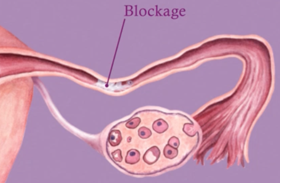
2. Tubal Infertility: Tubal infertility occurs when the fallopian tubes are blocked or damaged, hindering the passage of eggs from the ovaries to the uterus and impairing fertilization. Causes of tubal infertility include pelvic inflammatory disease (PID), endometriosis, previous pelvic surgery, or adhesions from abdominal infections.
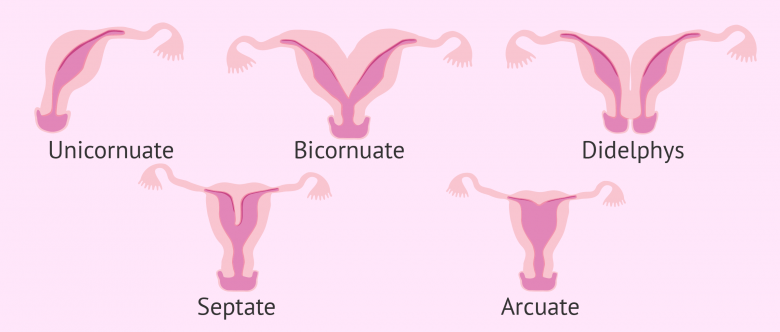
3. Uterine Factors: Uterine abnormalities or conditions affecting the uterus can contribute to female infertility by interfering with implantation or embryo development. Examples include uterine fibroids, endometrial polyps, uterine adhesions (Asherman's syndrome), or congenital anomalies such as a septate or bicornuate uterus.
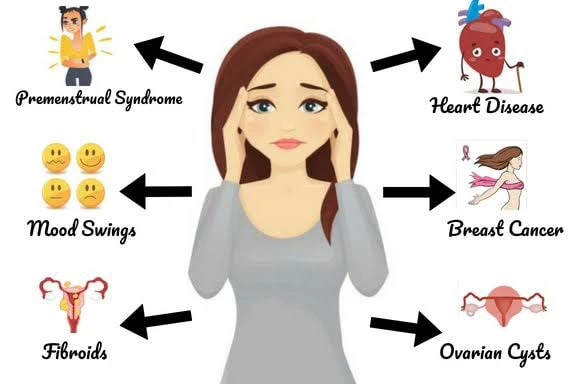
4. Endocrine Disorders: Hormonal imbalances or disorders affecting the endocrine system can disrupt the menstrual cycle, ovulation, and reproductive function, leading to infertility. Conditions such as thyroid disorders, hyperprolactinemia, or adrenal gland disorders can contribute to female infertility.
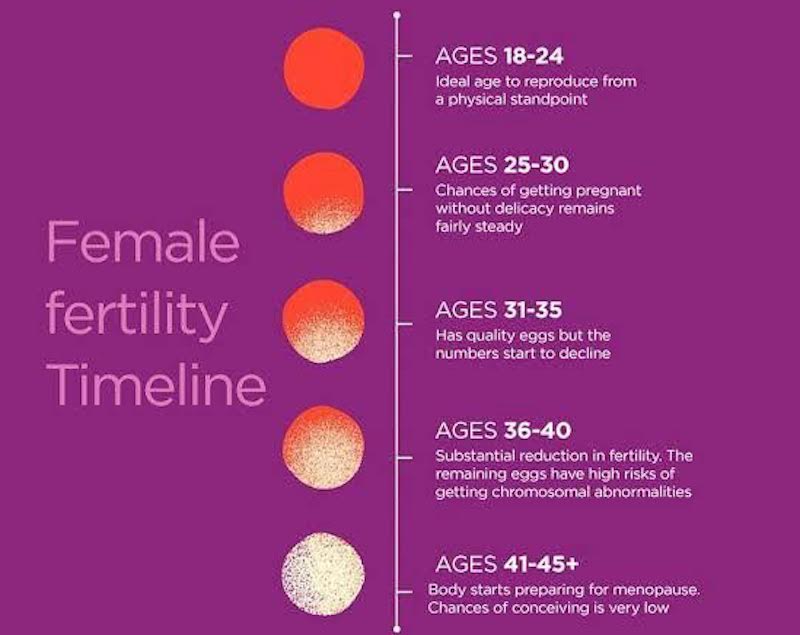
5.
Age-Related
Infertility: Advanced maternal age is associated with a decline in fertility
due to decreased ovarian reserve, diminished egg quality, and increased risk of
chromosomal abnormalities in eggs. Age-related infertility becomes more
prevalent as women approach their late 30s and early 40s.
Causes of Female Infertility:
Understanding the underlying causes of female infertility is essential for accurate diagnosis and personalized treatment.
Several factors can contribute to female infertility, including:
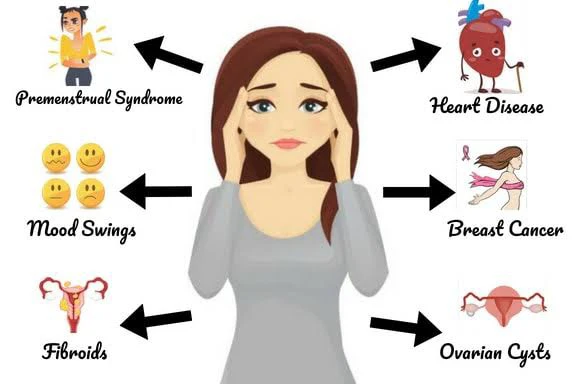
1. Hormonal Imbalances: Hormonal imbalances, such as those seen in conditions like PCOS, hypothalamic dysfunction, or thyroid disorders, can disrupt the normal ovulatory process and menstrual cycle, leading to infertility.
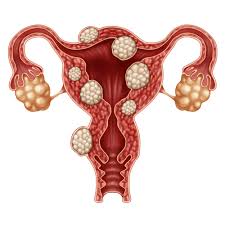
2. Structural Abnormalities: Structural abnormalities of the reproductive organs, such as blocked fallopian tubes, uterine fibroids, or congenital uterine anomalies, can impair fertility by interfering with ovulation, fertilization, or embryo implantation.
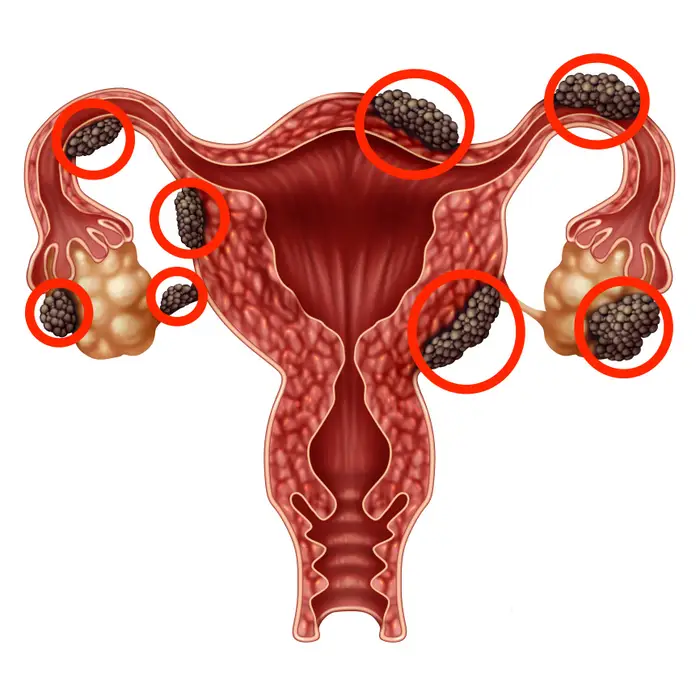
3. Endometriosis: Endometriosis is a condition characterized by the presence of endometrial tissue outside the uterus, often affecting the ovaries, fallopian tubes, and pelvic cavity. Endometriosis can cause inflammation, scarring, and adhesions, leading to infertility by affecting ovarian function, egg quality, and embryo implantation.

4. Pelvic Inflammatory Disease (PID): PID is an infection of the female reproductive organs, usually caused by sexually transmitted bacteria such as chlamydia or gonorrhea. PID can lead to inflammation, scarring, and damage to the fallopian tubes, increasing the risk of tubal infertility and ectopic pregnancy.

5.
Lifestyle
Factors: Certain lifestyle factors can impact female fertility, including
obesity, smoking, excessive alcohol consumption, poor nutrition, and high
levels of stress. These factors can disrupt hormonal balance, impair ovarian
function, and decrease the likelihood of successful conception.
Treatment Options for Female Infertility:
Treatment
approaches for female infertility aim to address the underlying causes, restore
reproductive function, and optimize the chances of conception. Depending on the
specific diagnosis and individual circumstances, treatment options may include:
1.
Ovulation
Induction: Ovulation induction involves the use of medications such as
clomiphene citrate, letrozole, or gonadotropins to stimulate ovulation in women
with ovulatory disorders, such as PCOS or hypothalamic dysfunction.
2.
Assisted
Reproductive Techniques (ART): ART procedures, such as in vitro fertilization
(IVF) and intracytoplasmic sperm injection (ICSI), can help overcome various
causes of female infertility by facilitating fertilization outside the body and
transferring embryos into the uterus.
3.
Surgery:
Surgical interventions, such as laparoscopic surgery to remove uterine fibroids
or endometrial polyps, repair tubal blockages or adhesions, or correct
congenital uterine anomalies, may be recommended to improve fertility outcomes.
4.
Hormonal
Therapy: Hormonal therapy, including medications to regulate menstrual cycles,
suppress endometriosis, or correct hormonal imbalances, may be prescribed to
optimize ovarian function and improve fertility.
5.
Lifestyle
Modifications: Adopting a healthy lifestyle, including maintaining a balanced
diet, achieving a healthy weight, regular exercise, abstaining from tobacco and
excessive alcohol consumption, and managing stress, can help improve fertility
outcomes and overall reproductive health.

